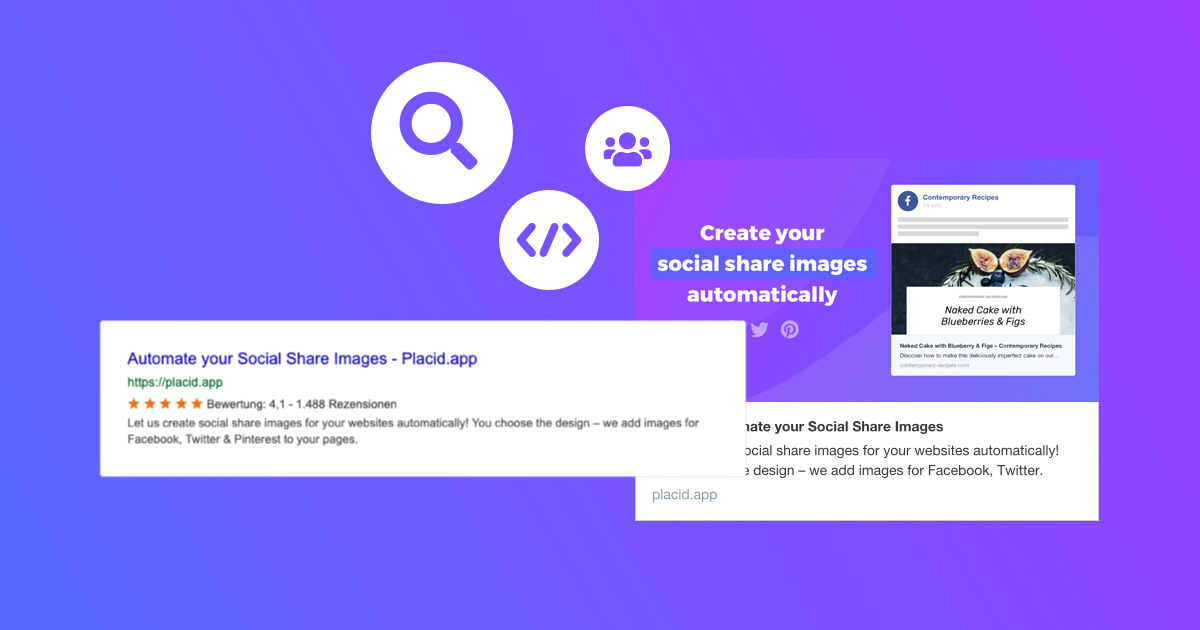
Also note that Twitter only automatically pulls in information from a link when you use Twitter Cards - not for regular tweets. LinkedIn has since adopted the same protocol Facebook originally developed, while Twitter uses its own open graph system that's based on the same conventions - although Twitter accommodates the Open Graph protocol if you already have it on your site. This is made possible using each social network's open graph protocol. When you share a website or an article on Facebook or LinkedIn, or via Twitter Cards, you'll notice each of these social networks automatically pulls in a few pieces of information into your social post: the website's title, an image, the URL, and a short description. Today, Facebook, Twitter, and LinkedIn all use open graph protocol to help publishers include more content on the front of their social media posts. Open graph is a protocol first created by Facebook in 2010 for extracting the title, images, URL, and meta-information from a webpage and displaying it in a social media post. So, how do you ensure each of your social networks pulls in the image you want it to? The answer lies with something called the Open Graph Protocol. But that image needs to be the right image - not your logo, not a cut-off picture of your call-to-action button, and not some other image randomly pulled from the page. For example, tweets that feature an image result in 150% more retweets. Images are a key play for garnering engagement on your social pages, and data shows they help generate more likes, shares, and comments.

Not only is this annoying - you were so close to being done - but a bad thumbnail image (or no thumbnail image) could seriously hurt your post's performance on social. You're all ready to share it with your network, but there's just one problem.Unfortunately, the social networks are pulling the wrong thumbnail image. Then, you hop on your social media accounts and paste the link into a new post.

You've written a great blog post, and you've plopped a featured image in there to represent the post on social media, your blog's main page, and so on.


 0 kommentar(er)
0 kommentar(er)
